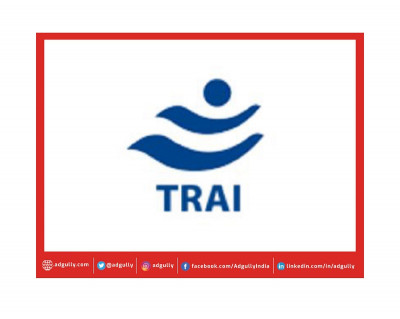Broadcasters urge TRAI to liberalise tariffs, lift bundling limitations
The Indian Broadcasting and Digital Foundation (IBDF) has requested the Telecom Regulatory Authority of India (TRAI) to liberalise broadcast tariffs and lift channel bundling limitations.
Welcoming the intervention by TRAI to address the issues being faced by the broadcasting sector relating to implementation of the new regulatory framework of 2020, IBDF pointed out that today, the broadcasting sector is at a stage where, admittedly, it is losing subscribers as well as revenue.
Click here to attend IMAGEXX 2022
“The new regulatory regime of 2017 (NTO 1) has brought about transparency for the subscriber and provided the requisite tools for exercise of choice of channels by the consumer. However, consumer choice is not homogenous, nor is the cost of content. Broadcasters and distribution platform operators (DPOs) have also matured in terms of understanding the needs as well as consumption patterns of the consumer as also the manner in which the market for television channels’ works, pointed out the federation,” the federation said.
According to the IBDF, the time is ripe to implement a forbearance model, at least vis-à-vis pricing of channels and packaging of such channels. Assuming that forbearance cannot be implemented immediately, at least the framework for sunset provisions relating to price/ packaging of channels should be identified and notified.
That there is no legally or market accepted category of a “popular” or “unpopular” channel, especially when there is so much heterogenous content and choice being exercised by the viewers.
Time spent by consumers on Linear TV fell 8% in 2021 from 2020 levels, and was slightly lower than 2019 levels for Hindi-speaking markets. There is, hence, a need felt to implement commercial decisions in order to retain and eventually increase viewership. Such decisions would require flexibility in pricing and offering of channels, said the federation.
In response to the TRAI's consultation paper titled "Issues Related to New Regulatory Framework for Broadcasting and Cable Services," the IBDF stated that the time has come for the regulator to establish a forbearance model in terms of channel pricing and packaging.
To emphasise the argument, the foundation stated that television broadcasters are losing subscribers as well as money. According to the FICCI-EY 2022 study on the M&E sector, consumer time spent on linear TV declined 8% in 2021 from 2020 levels and was marginally lower than 2019 levels in Hindi-speaking regions.
The IBDF in its submission to the TRAI said: "There is, hence, a need felt to implement commercial decisions in order to retain and eventually increase viewership. Such decisions would require flexibility in pricing and offering of channels."
The foundation reaffirmed that market forces of supply and demand are the appropriate characteristics for establishing channel prices. It also stated that broadcasters desiring the largest market penetration will be incentivized to invest in high-quality programming and price it fairly.
"Broadcasters are conscious of market dynamics and are keen to make available good content at affordable prices to consumers," it said.
While stating that there is no need to change the current regulatory regime (NTO 1.0), the IBDF stated that customers now have the option of subscribing to channels as part of a bouquet or à la carte offering.
The TV broadcasters' association also stated that the average monthly TV bill in 2018 should have been Rs 402, but it was just Rs 222 due to bundling. It went on to say that broadcasters should bundle channels for maximum reach.
IBDF pointed out that the industry is at a crossroad, where the next strategic and commercial decisions are likely to have a bigger and lasting impact on the survival and growth prospects of the business and the manner of consumption of channels.





Share
Facebook
YouTube
Tweet
Twitter
LinkedIn